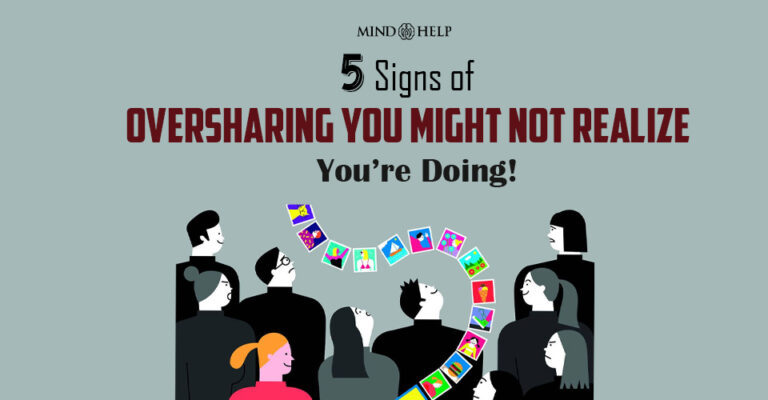Are summer vacations bittersweet for you? If you have a pet, know that pet separation anxiety is real! While you’re mapping out beach walks or road trips, your furry companion may already be sensing changes in your routine. So let’s pepare for this and explore ways to calm your pet.
What Is Pet Seperation Anxiety?
Separation anxiety is a mental health condition that is not only seen in humans but animals as well. It is measurable stress response that occurs when pets are separated from their primary attachment figure.
It is seen particularly in dogs, as they’re highly social animals and often show overt signs of distress. Though cats are known to be more independent in behavior, they can also suffer from anxiety that manifests in more subtle ways.
According to veterinary behaviorists, this condition stems from an over-dependence on human companionship and can be exacerbated by sudden changes in routine or environment, such as a summer trip.
What Are Signs of Separation Anxiety?
This is not simply a matter of missing you while you’re away. Behavioral studies suggest that animals can start showing anticipatory stress even before you walk out the door. When they see luggage, pick up on changes in routine, or hear departure cues like keys jingling.
In Dogs:
- Persistent barking, howling, or whining
- Destructive behaviors (e.g., chewing furniture, digging at doors)
- Pacing or panting excessively
- House soiling despite being trained
In Cats:
- Excessive vocalization (meowing or yowling)
- Changes in eating habits (refusing food or vomiting)
- Hiding or withdrawal from usual activities
- Over-grooming (leading to bald patches or skin irritation)
- Increased clinginess or aggression when you’re present
How To Deal With Pet Separation Anxiety
The most common mistake pet owners make before a trip is failing to emotionally prepare their pets for the upcoming change. Either they assume their pet will “adjust,” or they dramatize the departure, both of which can heighten anxiety. Evidence from veterinary behavior studies supports gradual desensitization and environmental enrichment as the most effective strategies.
Separation Anxiety in Dogs
Dogs thrive on consistency and routine. When that routine is disrupted, stress responses can be triggered. Here’s how to help:
- Gradual Desensitization: Begin short absences a few weeks in advance. Start with 10–15 minute intervals, slowly increasing to longer periods. This builds tolerance and reduces fear conditioning.
- Positive Reinforcement: Leave high-value treats or interactive toys (like puzzle feeders) to create positive associations with your departure.
- Avoid Emotional Goodbyes: Keep your exits and entrances low-key to avoid signaling that something is wrong.
- Exercise Prior to Departure: Physical activity reduces cortisol levels and can make dogs more relaxed during your absence.
- Consult a Veterinarian: In cases of severe anxiety, your vet may recommend calming supplements or short-term anxiolytic medications.
Cat Separation Anxiety
Cats are often seen as low-maintenance, but research shows that they form strong attachments to their caregivers. Their anxiety can surface in subtle yet significant ways.
- Environmental Stability: Keep food, water, litter boxes, and favorite resting areas in familiar, consistent locations.
- Comfort Objects: Leave behind items with your scent, such as a worn shirt or blanket, which can have a calming effect.
- Visual and Cognitive Enrichment: Provide window access, cat trees, or even leave the TV or calming music on to simulate companionship and stimulate curiosity.
- Structured Feeding: Timed feeders or puzzle toys add predictability and mental engagement to their day.
- Familiar Human Presence: If possible, have a trusted person visit daily. Cats may not be openly social, but known company can alleviate distress.
Final Thoughts
Leaving your pet behind can be emotionally challenging, but it’s possible to ensure their comfort and safety by proactively addressing their needs. Understanding what are signs of separation anxiety and how it manifests across species allows for better planning and compassionate care.
Whether you’re managing separation anxiety in dogs or supporting a more reserved feline through cat separation anxiety, the right preparation makes all the difference.
Enjoy your trip, and rest easier knowing your furry companion is in a better emotional place.








